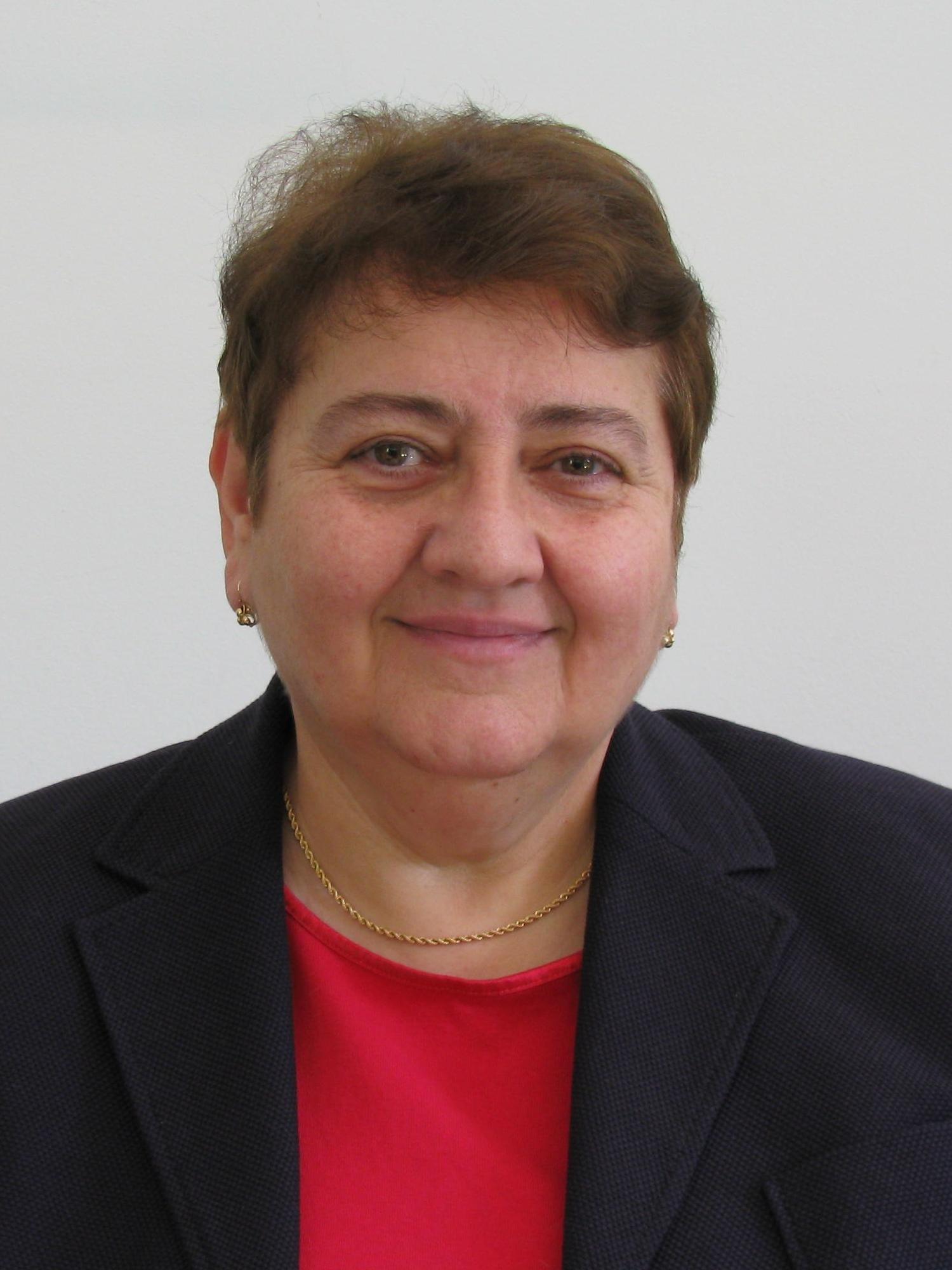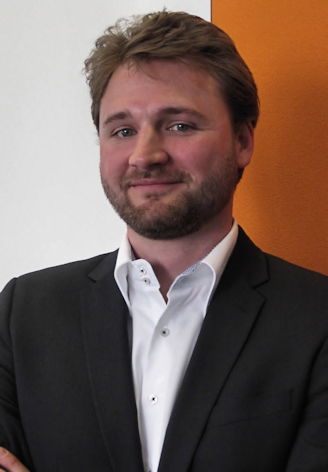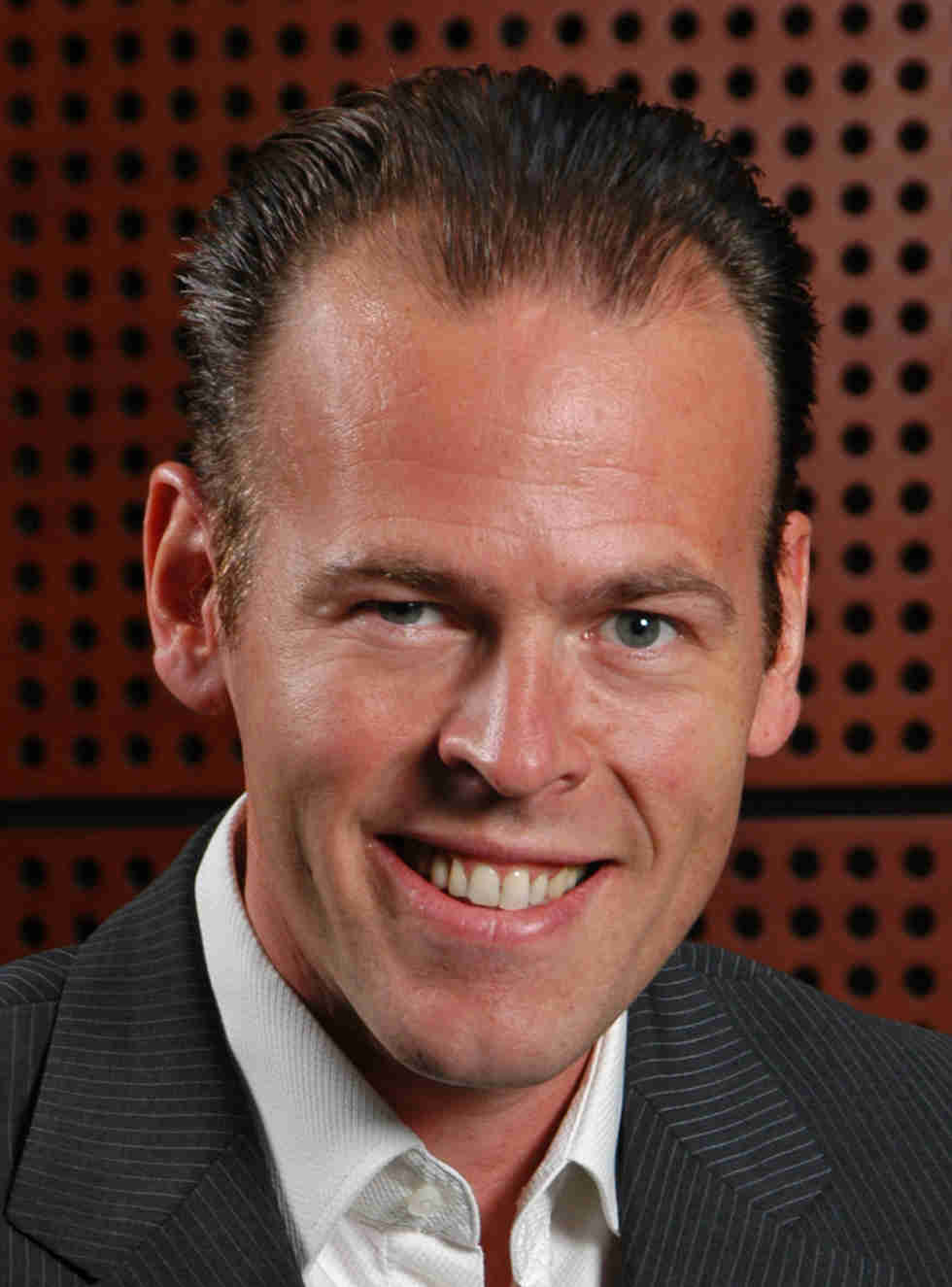Tutorials
WICSA | CompArch 2015 is offering these tutorials:
T1: Integrating the Analysis of Multiple Non-Functional Properties in Model-Driven Software Engineering, presented by Dorina C. Petriu.
T2: Modeling Safety-Critical Embedded System Architecture, presented by Kai Höfig.
T3: Speed, customer data and ecosystems: implications for architecture and ways of working, presented by Jan Bosch.
Integrating the Analysis of Multiple Non-Functional Properties in Model-Driven Software Engineering
Monday 9:00–12:30, room A-1150
Model-Driven Engineering (MDE) enable developers to analyze the non-functional properties (NFP) of software (such as performance, schedulability, scalability, availability, reliability, etc.) by transforming UML design specifications annotated with NFP information to appropriate analysis models. Many modeling techniques and tools have been developed for the analysis of different NFPs (such as Markov chains, queuing networks, Stochastic Petri nets, fault trees, etc.) The research challenge is to bridge the gap between model-based software development and different existing analysis techniques by using model transformations.
In the UML world, profiles can be used to add NFP annotations to software models. An example is the OMG standard MARTE defined for extending UML models with timing, schedulability and performance information.
The talk presents at first the kind of performance and dependability annotations that need to be added to UML models and the principles for transforming annotated software models into different analysis models. The talk also discusses future research directions related to the challenges of integrating the analysis of multiple NFPs in the MDE process. It proposes an integration approach based on an ecosystem of inter-related heterogeneous modeling artifacts intended to support consistent co-evolution of the software and analysis models, cross-model traceability, incremental propagation of changes across models, and (semi)automated software process activities that support the analysis.
About the presenter

Dorina C. Petriu is a full professor in the Department of Systems and Computer Engineering at Carleton University, Ottawa, ON, Canada. She received a Dipl. Eng. degree in computer engineering from the Polytechnic University of Timisoara, Romania, and a Ph.D. degree from Carleton University. Her main research interests are in the areas of software performance modeling and model-driven engineering, with emphasis on integrating performance engineering into the software development process. She was a contributor to two OMG standards, the UML Profile for Schedulability, Performance and Time (SPT) and the UML Profile for Modeling and Analysis of Real Time Systems (MARTE), which extend UML with qualitative and quantitative concepts for modeling and analyzing real-time systems. She participated in the steering and program committees of numerous international conferences and workshops and served as Program Chair for MODELS 2010 and QoSA 2011. Dr. Petriu is a Fellow of the Canadian Academy of Engineering, a Fellow of the Engineering Institute of Canada, a Senior Member of IEEE and a member of ACM.
Modeling Safety-Critical Embedded System Architecture
Monday 13:30–17:00, room A-1150
Embedded systems are of crucial importance to our society. We recognize our dependence in the moments when these systems do not work or produce errors. Headlines in the newspapers about plane crashes or car accidents show how coupled the advantages and potentially dangerous disadvantages of these systems are to each other. The development of today’s safety- or mission-critical systems therefore underlies a series of legislative and normative regulations making safety and reliability the most important non-functional properties of embedded systems. Particularly in the case of software-intensive embedded systems, their complexity is rapidly increasing and extended analysis techniques are required that scale to the increasing system complexity.
We will see that model driven development is currently one of the key approaches to cope with increasing complexity, in general. Applying model-based approaches during the development of complex products aims at a systematic reuse of models and model elements. A shorter time to marked and decreased development costs are strong drivers from the markets of our products. Modeling languages such as SysML provide purpose-oriented views on a system model. The overall strategy of divide and conquer brakes complexity down into manageable parts, especially when it comes to safety and reliability.
About the presenter

Kai Höfig studied Computer Science at RWTH Aachen, Germany and holds a PhD from the Fraunhofer Institute for Experimental Software Engineering (IESE) where he combined safety-related models and timing analysis models in a probabilistic approach for conditional execution time. He currently leads the Model-based Reliability and Safety Engineering Lab at the Research and Technology Cluster Systems Engineering at Siemens Corporate Technology. There he continues to work with safety-critical systems and supports certification activities in various domains, such as automotive, healthcare, railway, energy and industry automation. His research activities include model-based approaches for reliability, availability, maintainability and safety.
Speed, customer data and ecosystems: implications for architecture and ways of working
Wednesday 13:30–17:00, room A-1160
As software is increasingly providing the differentiation for products and services, three main drivers require strategic attention from R&D leadership. The first is the need to translate identified customer needs to deployed software solutions at unprecedented speed. Although most companies have adopted agile practices in R&D, the end-to-end business agility remains elusive for many organisations. The second is the increased availability of data about the way customers use products and services. Starting in the SaaS/Web 2.0 industry and now expanding into the embedded systems industry, it has become more and more feasible to collect data from deployed systems to learn how users are using systems and how systems are operating in the field. For most companies, making effective use of this data can allow for significantly increased accuracy of R&D investments. The third driver is the importance of an organization 's ecosystem. As companies focus their resources increasingly on what they are uniquely suited to do and outsource everything else, it requires that companies build effective relationships with other companies. These developments have significant implications on the software architecture as well as the ways of working deployed by organizations. This tutorial presents a the trends causing these developments and presents several models, frameworks and techniques to address these new challenges.
About the presenter

Jan Bosch is professor of software engineering and director of the Software Center at Chalmers University Technology in Gothenburg, Sweden. Earlier, he worked as Vice President Engineering Process at Intuit Inc where he also lead Intuit's Open Innovation efforts and headed the central mobile technologies team. Before Intuit, he was head of the Software and Application Technologies Laboratory at Nokia Research Center, Finland. Prior to joining Nokia, he headed the software engineering research group at the University of Groningen, The Netherlands, where he holds a professorship in software engineering. He received a MSc degree from the University of Twente, The Netherlands, and a PhD degree from Lund University, Sweden. His research activities include open innovation, innovation experiment systems, compositional software engineering, software ecosystems, software architecture, software product families and software variability management. He is the author of a book, Design and Use of Software Architectures: Adopting and Evolving a Product Line Approach, published by Pearson Education (Addison-Wesley & ACM Press), editor of several books and volumes and author of a significant number of research articles. He is editor for Journal of Systems and Software as well as Science of Computer Programming, chaired several conferences as general and program chair, served on many program committees and organized numerous workshops.
In the startup space, Jan is chairman of the board of Fidesmo in Stockholm, and Remente, in Gothenburg, Sweden. He serves on the advisory board of Assia Inc. in Redwood City, CA. Jan also runs a consulting firm, Boschonian AB, that offers its clients support around R&D and innovation management. More information about his background can be found at his website: http://www.janbosch.com.
